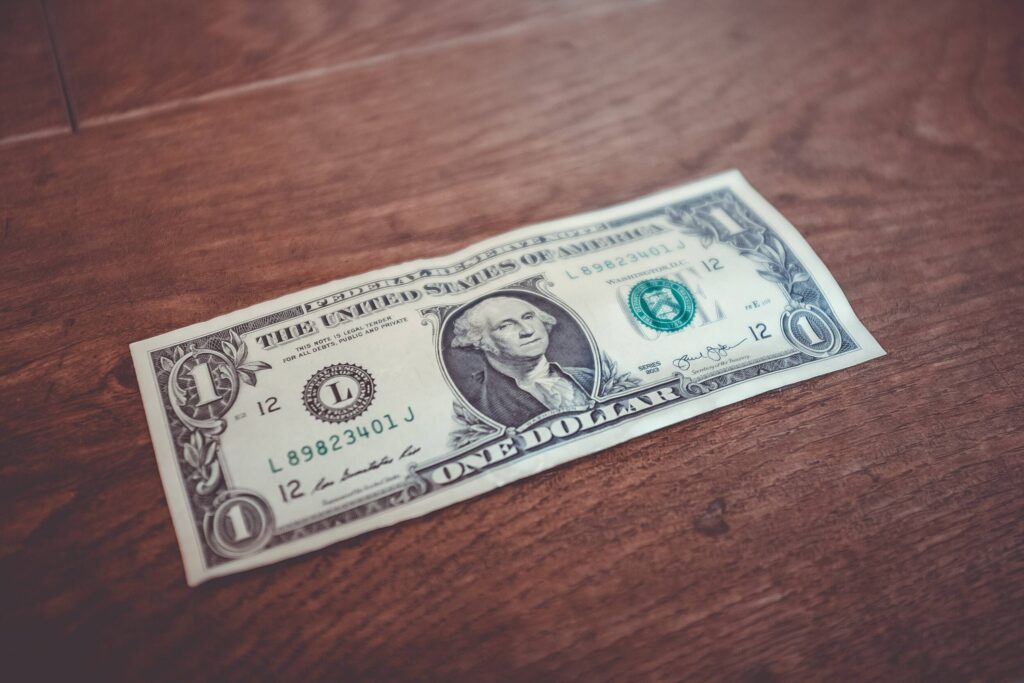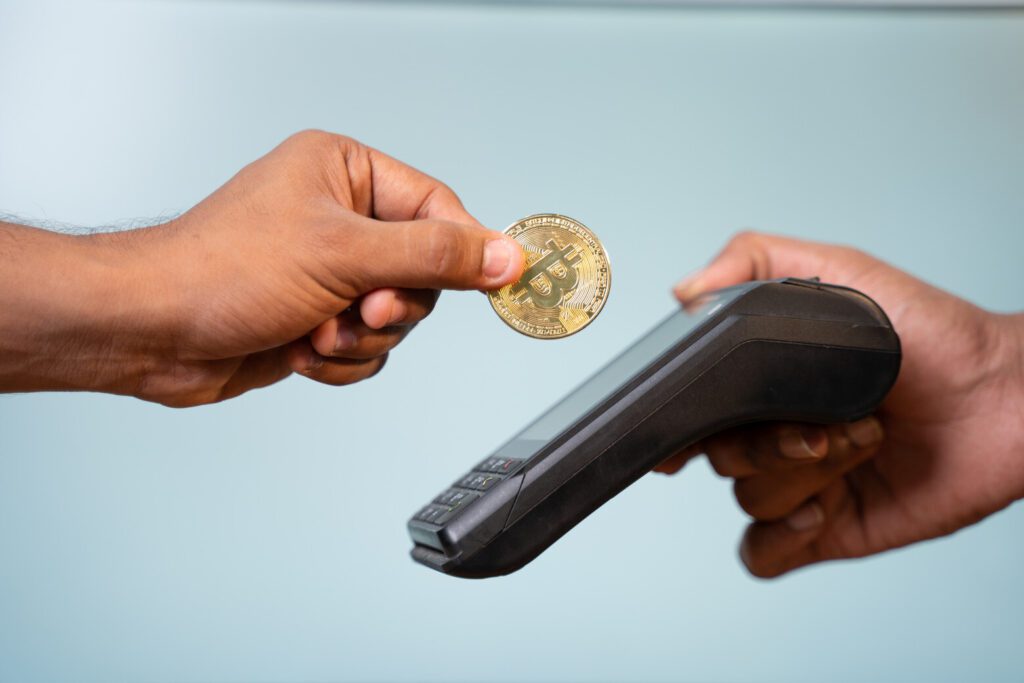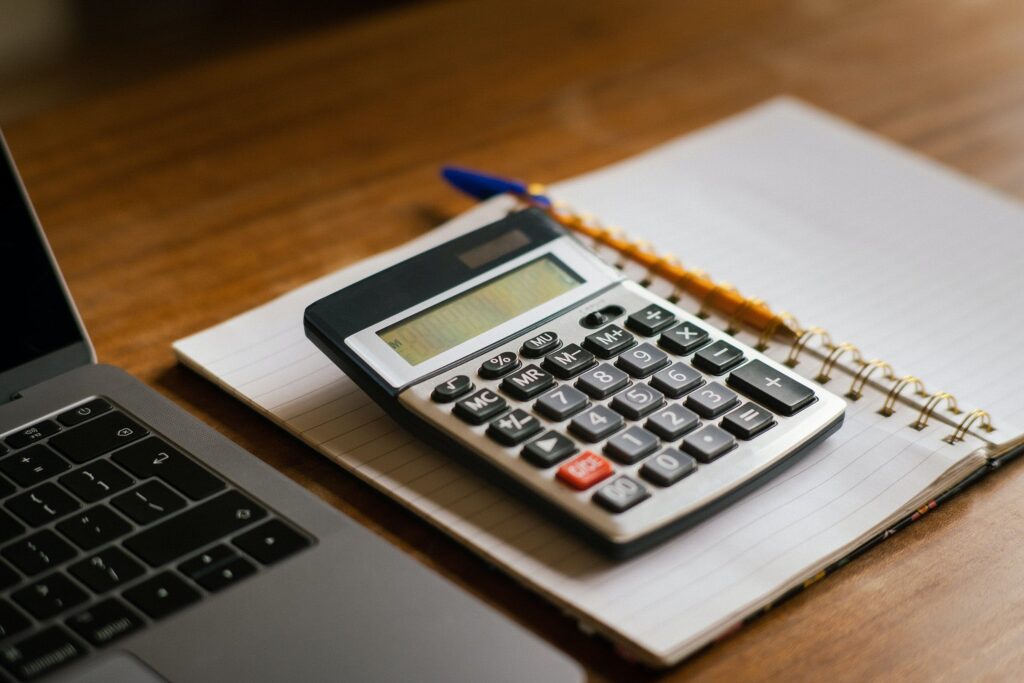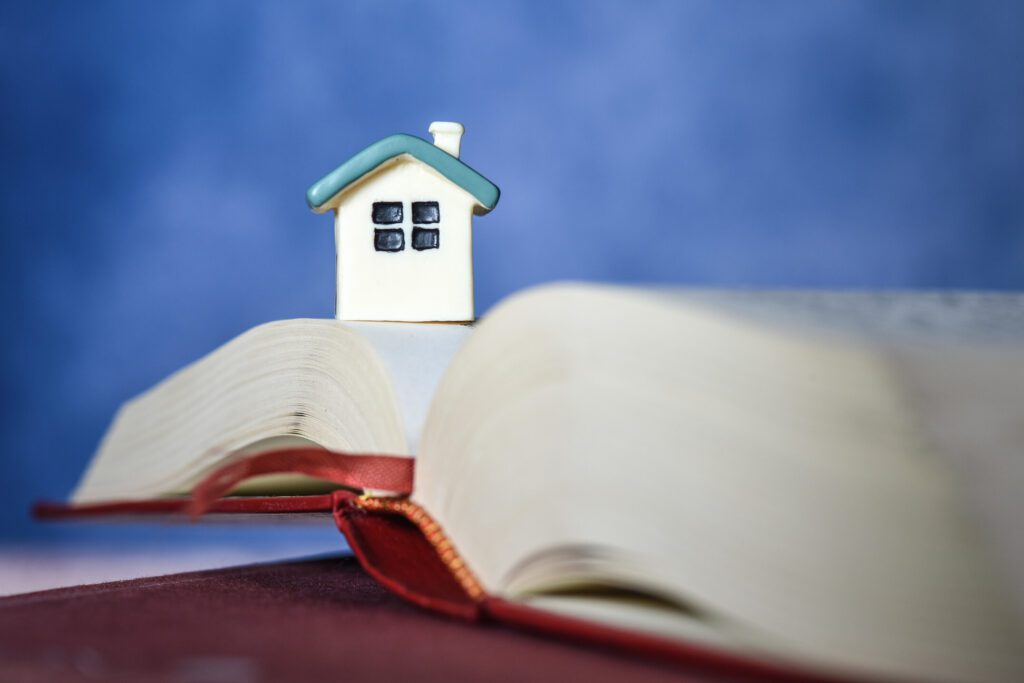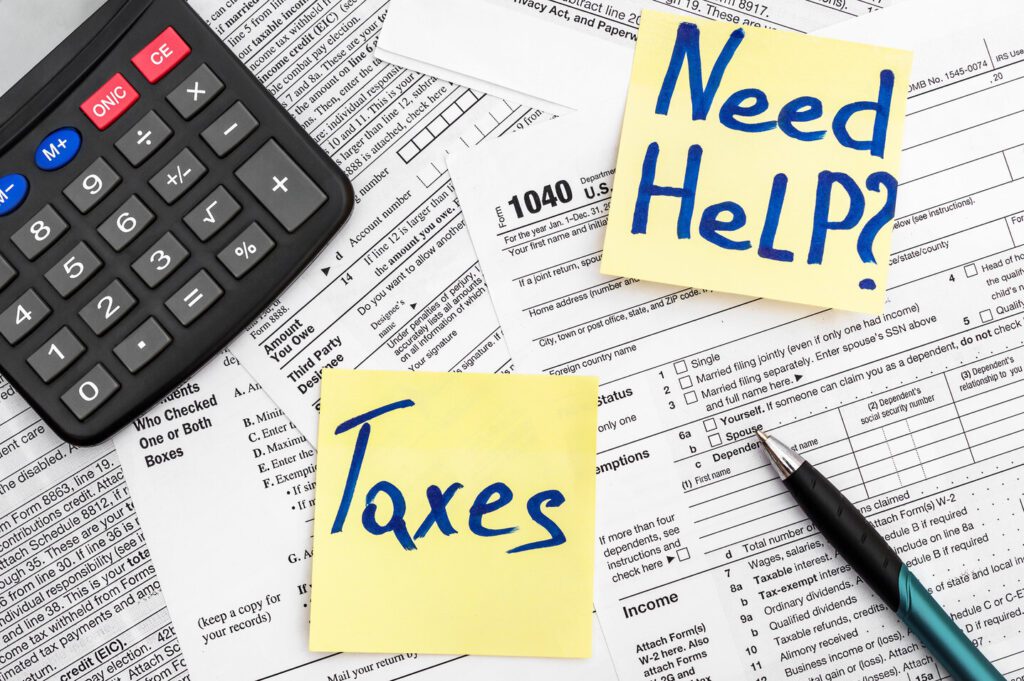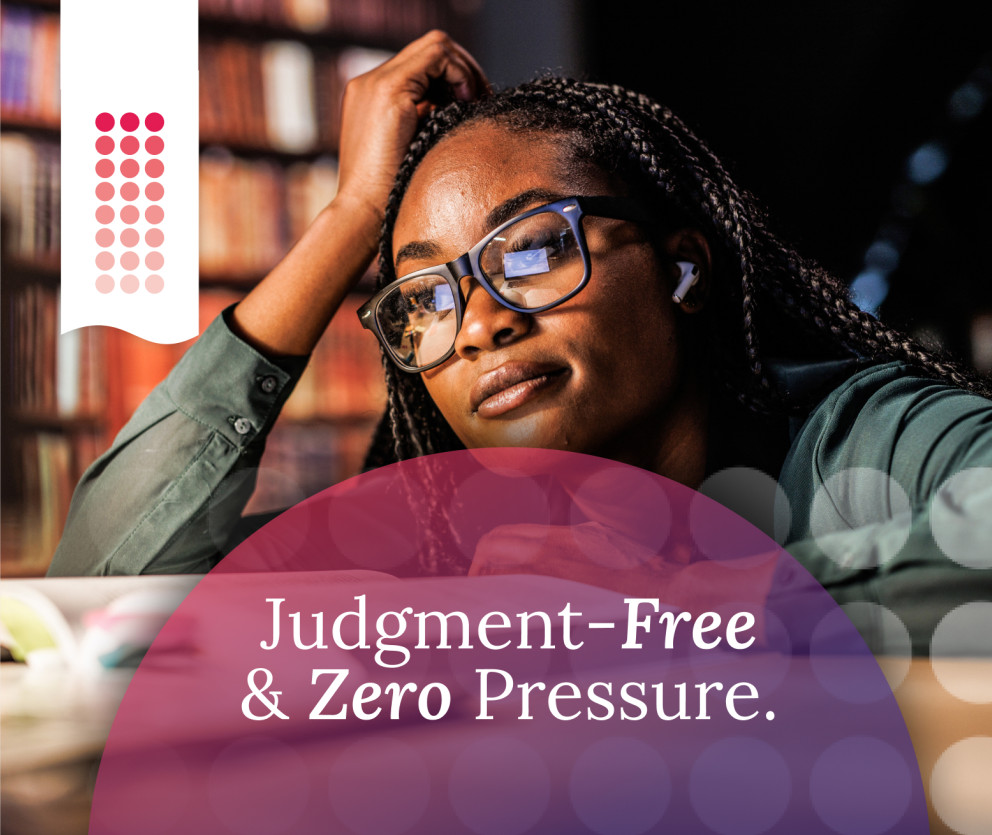Bankruptcy is a form of debt relief intended to provide those who file a fresh financial future, reinforced by the Bankruptcy and Insolvency Act. The idea is that you assign any non-exempt assets you may own over to a Licensed Insolvency Trustee, who uses them towards your debts in exchange for the full clearance of your unsecured debts. You must fulfil a number of bankruptcy obligations, and then all being well, you will be discharged from bankruptcy. At this point, you are free to live your life free from the worries and stresses of overwhelming debt. So, what is undischarged bankruptcy? And what happens next? In this article, we share all you need to know about undischarged bankruptcy and what to do if you are looking to become discharged from bankruptcy.
What is the process of filing bankruptcy?
When filing bankruptcy, you require the support of a Licensed Insolvency Trustee. Licensed Insolvency Trustees are the only professionals in Canada legally able to file all forms of debt relief in Canada. At Spergel, unlike other firms, you are assigned your very own Trustee to walk you through the entire bankruptcy process instead of being passed from person to person. Here is the typical process of filing bankruptcy:
- File bankruptcy with the support of a Licensed Insolvency Trustee, and a stay of proceedings is generated to prevent creditors from contacting you or pursuing legal action against you
- Comply with bankruptcy obligations – including providing your monthly income and expenses; submitting monthly surplus income payments where relevant; attending credit counselling sessions; and providing tax information
- A first time bankrupt that abides by their bankruptcy obligations will look to be automatically discharged in around nine months if there are no surplus income payments; this will be closer to twenty one months if there are
- A second time bankrupt without surplus income payments will likely be discharged after two years; if there are surplus income payments required, this will be closer to three years
It is at the point of discharge when the debtor finally no longer owes their debt – learn more about life after bankruptcy.
What is an undischarged bankruptcy?
Any debtor filing bankruptcy continues to owe the debt until they are formally discharged from bankruptcy. Until this point, it is known as an undischarged bankruptcy. During an undischarged bankruptcy, a Licensed Insolvency Trustee is still able to seize any assets that may be received if necessary. If the individual filing bankruptcy decides not to comply with their obligations during bankruptcy, they could risk not receiving a discharge. Discharge from bankruptcy is the point at which the creditor no longer has any right to collect from the debtor. A common misconception is that as soon as you file bankruptcy, your debts disappear. Instead, filing bankruptcy simply generates a stay of proceedings, which offers protection from your creditors so that they cannot contact you or pursue legal action against you. These debts only formally disappear once you are discharged from bankruptcy. Sometimes, we meet with Canadians who filed bankruptcy years ago because they are being pursued once again by creditors for payment, due to being in an undischarged bankruptcy. For this reason, it is important to see the bankruptcy process through. This means fulfilling all of your bankruptcy duties and being discharged formally. You should also communicate with Canada’s two primary credit bureaus – Equifax and TransUnion – to ensure that the bankruptcy discharge has been reported accordingly. From this point, you can go on to enjoy a fresh financial future, free from debts.
Why might you be in an undischarged bankruptcy?
If you have been unable to fulfil your bankruptcy obligations, your discharge from bankruptcy will have been opposed by your Licensed Insolvency Trustee. This will be because you have failed to fulfil one or more of the following bankruptcy duties:
- Making surplus income payments to your Licensed Insolvency Trustees
- Paying a basic fee to your Licensed Insolvency Trustee, before they can issue you your Certificate of Discharge
- Attending two compulsory credit counselling sessions with your Licensed Insolvency Trustee
- Providing your personal income tax information so that your Licensed Insolvency Trustee can complete your income tax return for the same year your bankruptcy was filed
- Sharing with your Licensed Insolvency Trustee your monthly income and expenses
- Attending the Office of the Superintendent of Bankruptcy for an examination of your financial circumstances under oath, if requested
- Attending a meeting with your creditors if required by your Licensed Insolvency Trustee, creditors, or the Office of the Superintendent of Bankruptcy
- Attending bankruptcy court when required if you receive oppositions about your automatic discharge from bankruptcy
- Performing any other obligations required for discharge by your Licensed Insolvency Trustee, the Office of the Superintendent of Bankruptcy, or the bankruptcy court
What are the issues with being an undischarged bankrupt?
Being an undischarged bankrupt poses many potential problems:
- If you’ve accumulated new debt after you filed your bankruptcy, you are responsible for paying those debts. And if you’re unable to do so, filing bankruptcy a second time isn’t an option. You cannot file bankruptcy a second time until you’ve been discharged from your first bankruptcy
- If you apply for credit, a credit search by a lender may indicate that you’re an undischarged bankrupt. This will make it difficult for you to obtain financing for major purchases such as a vehicle or real estate
- If you are applying for employment which requires a background check and security clearance, the fact that you’re an undischarged bankrupt may mean you cannot apply for that position
- Your credit report will continue to indicate a bankruptcy until six to seven years after your bankruptcy discharge, meaning it will take you much longer to begin rebuilding your credit score
- Your assets remain seizable until after you have been discharged from bankruptcy, meaning your property and finances are not secure from your creditors or Licensed Insolvency Trustee. This can affect assets like inheritances or windfalls.
What follows are some options to deal with your undischarged status.
When are you discharged from bankruptcy?
If it is your first time filing bankruptcy, you are eligible to receive an automatic discharge from bankruptcy nine months after filing. If you have surplus income, this will be more like twenty one months. These timeframes are provided you have fulfilled all your bankruptcy duties. At this point, your Licensed Insolvency Trustee will issue you with a Certificate of Discharge, demonstrating that you are formally discharged from your debts. A copy of this certificate is also shared by your Licensed Insolvency Trustee with the Office of the Superintendent of Bankruptcy. Your credit reports from both Equifax and TransUnion will then also be updated accordingly.
How to become discharged from an undischarged bankruptcy
If you are in an undischarged bankruptcy and would like to obtain your discharge, there are a few key actions you can take.
Speak to your Licensed Insolvency Trustee
Your Licensed Insolvency Trustee is your guide through bankruptcy, and at Spergel we walk all our clients through the end to end process. If you are in an undischarged bankruptcy, your first port of call should be to ask your Licensed Insolvency Trustee what is required from you to obtain your discharge. If it has been some time, your trustee may have closed your bankruptcy file. In this instance, you may need to pay them to reopen your file, and they can review the outstanding bankruptcy duties you need to complete. Once you know what you need to do, ensure you work with your Licensed Insolvency Trustee to the complete the obligations as you need to. When they are complete, your Trustee can apply to the bankruptcy court for an Order of Absolute Discharge.
Speak to a bankruptcy lawyer
If you are struggling to speak to your former Licensed Insolvency Trustee, you may need to hire a bankruptcy lawyer for a fee. They can get hold of copies of your bankruptcy file from the Office of the Superintendent of Bankruptcy. They can also review with you any outstanding obligations that you need to make in order to be discharged from bankruptcy. Once you know what you need to do, you will have to find a new Licensed Insolvency Trustee who will help you to complete your bankruptcy obligations. When you have a new trustee, your bankruptcy lawyer will need to apply to bankruptcy court to appoint your new trustee. It is then down to you to complete your bankruptcy duties in order to become discharged and free of your debts.
File a consumer proposal
Another option for tackling your undischarged bankruptcy is to find a Licensed Insolvency Trustee who can help you to file a consumer proposal. A consumer proposal is a popular bankruptcy alternative that can reduce your debt by up to 80% while allowing you to keep your assets. You will work with a Licensed Insolvency Trustee to propose an affordable monthly repayment to your creditors. They will likely accept this figure over the consequences of a bankruptcy. If they accept your consumer proposal, your bankruptcy will then become annulled. You need to complete the terms of your consumer proposal in order to be discharged of the debts filed in your bankruptcy. If you do not fulfil these terms, your consumer proposal will also be annulled, and your bankruptcy will be rebooted to indicate that you refiled for bankruptcy.
At Spergel, our experienced Licensed Insolvency Trustees have been helping Canadians become debt free for over thirty years. If you are in an undischarged bankruptcy and want to become discharged, we are here to help you. We know bankruptcy inside out, and have helped over 100,000 Canadians to gain debt relief. Book a free consultation today – you owe it to yourself.





